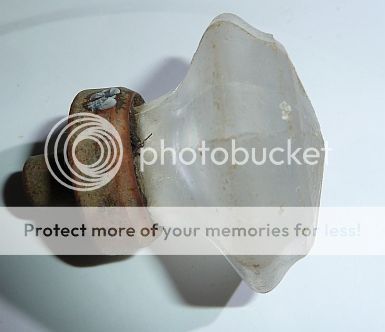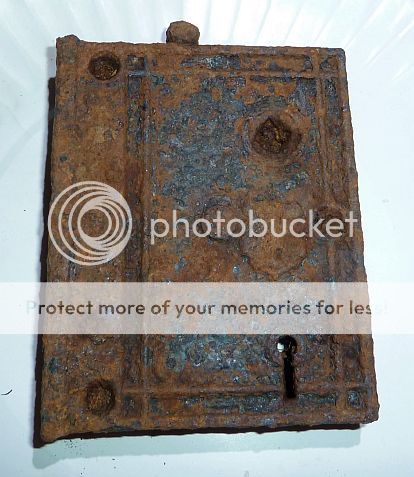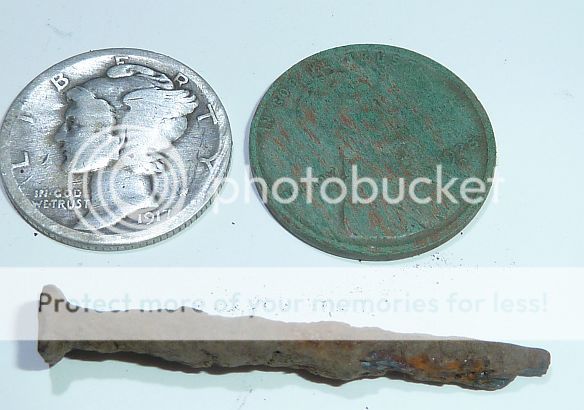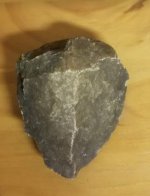larrylwill
Jr. Member
- Jul 6, 2008
- 76
- 48
- Detector(s) used
-
Own: Fisher F75 LTD, Whites Coinmaster GT, Technetics Delta 4000, Whites Eagle Sl, Garrett GTA 1000, Whites PI underwater, Whites Surf Master, Garrett Master Hunter w/ 2 box.
I started detecting in th
- Primary Interest:
- All Treasure Hunting
I have a DFX, with the standard coil and a double D 10" an Eagle SL with the standard coil and I have a 15" that will work on it, and a couple of older Garretts. I just bought a Coinmaster GT. I always suspected my yard and every where else I have detect around here was highly mineralized but I had no problems ground balancing any detector. All the coins I have found have been buried only a couple inches deep with the DFX.
About 2 years ago I buried a silver dime, wheat penny, nickle and silver quarter about 6" deep in the yard.
Today I tried all the detectors and I only found the penny with the GT. I set the dfx to no filters, and preamp gain full as well as ac and dc gain full. After I dug up the penny I put it back in the open hole and couldn't detect it. The ground was pretty damp due to rain a couple days ago. So I piled dirt under it and only got a clear reading at about 3".
I'm going to use my Eagle with a 15" coil to try and find the rest tomorrow.
I live in North East Alabama, on Sand mountain on the bluff, but the bedrock is at least 10ft below ground level in the front and there is a well, it is exposed about 300 feet to the NW.
I'm looking for suggestions on how to tune something to get deeper than 3"
About 2 years ago I buried a silver dime, wheat penny, nickle and silver quarter about 6" deep in the yard.
Today I tried all the detectors and I only found the penny with the GT. I set the dfx to no filters, and preamp gain full as well as ac and dc gain full. After I dug up the penny I put it back in the open hole and couldn't detect it. The ground was pretty damp due to rain a couple days ago. So I piled dirt under it and only got a clear reading at about 3".
I'm going to use my Eagle with a 15" coil to try and find the rest tomorrow.
I live in North East Alabama, on Sand mountain on the bluff, but the bedrock is at least 10ft below ground level in the front and there is a well, it is exposed about 300 feet to the NW.
I'm looking for suggestions on how to tune something to get deeper than 3"




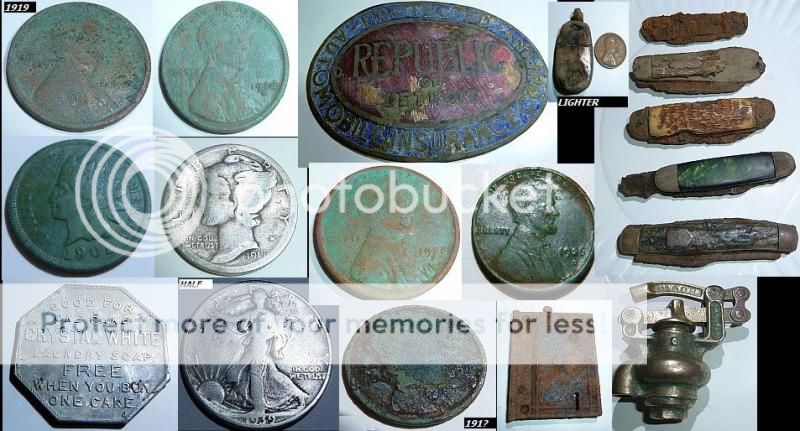

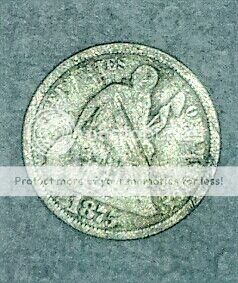


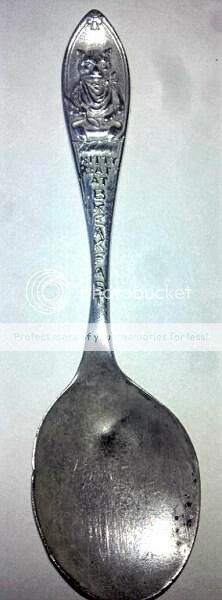
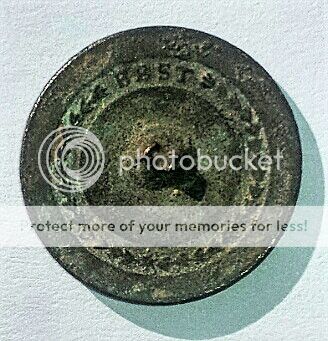
 ? or Disc '0' and multi-tone
? or Disc '0' and multi-tone
